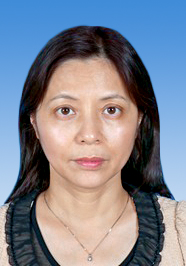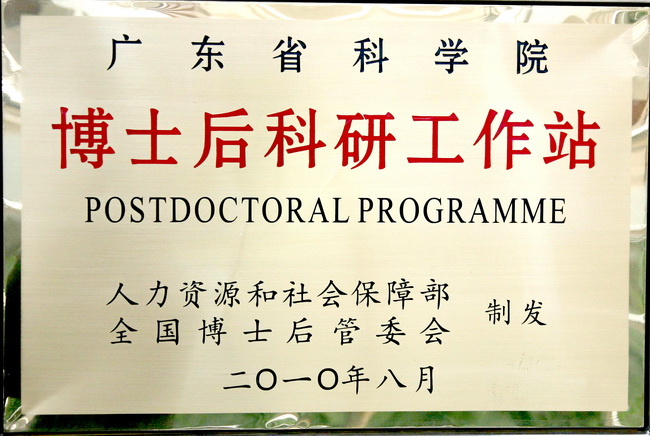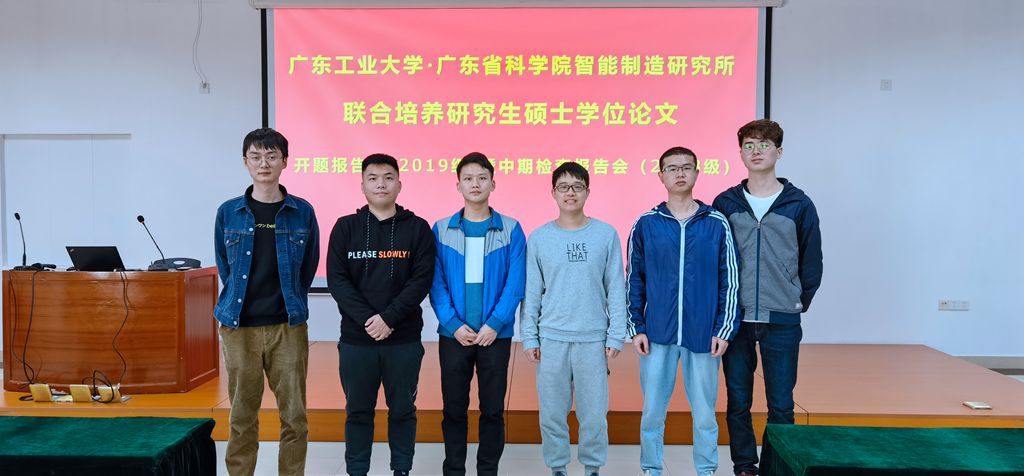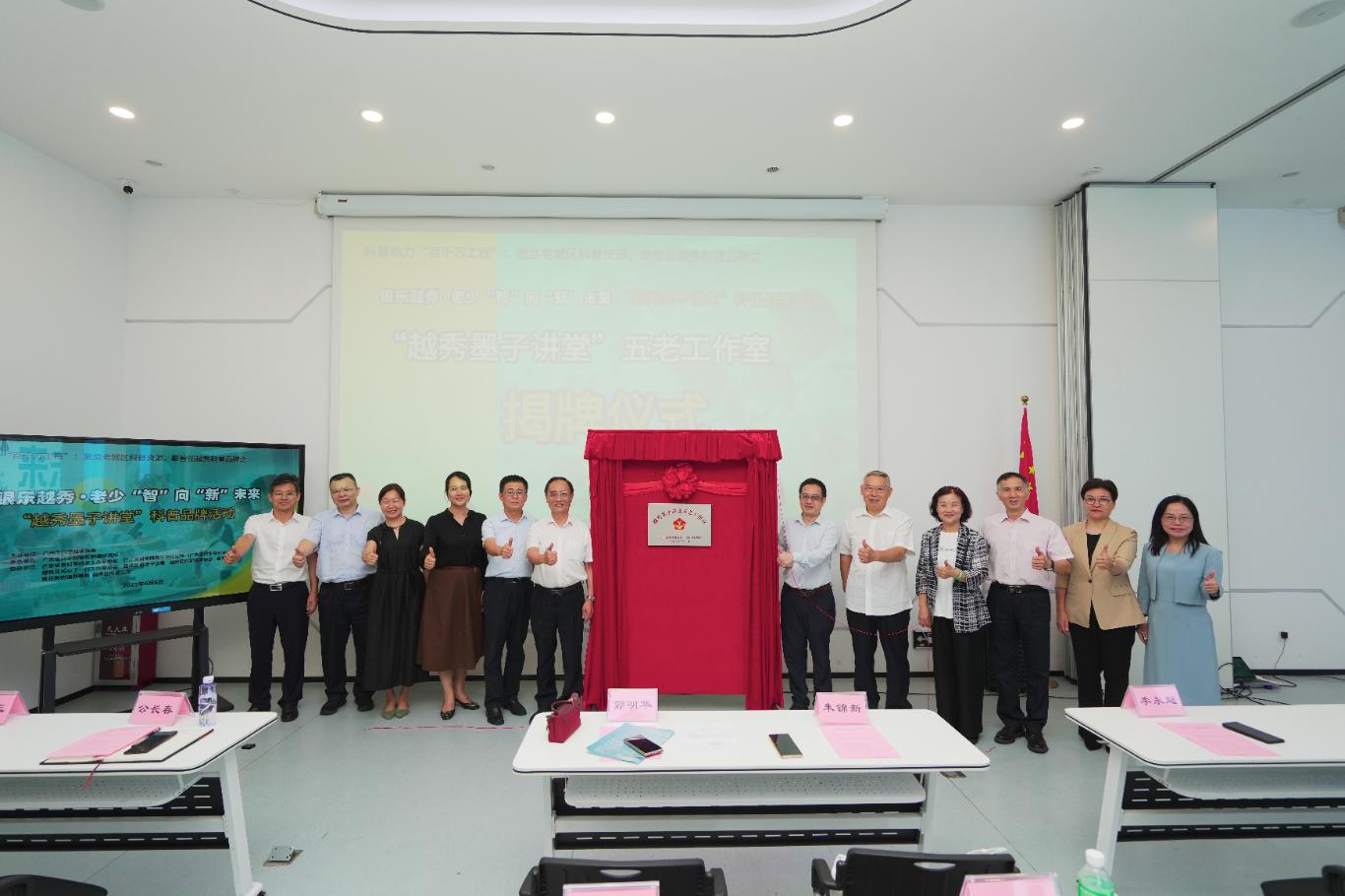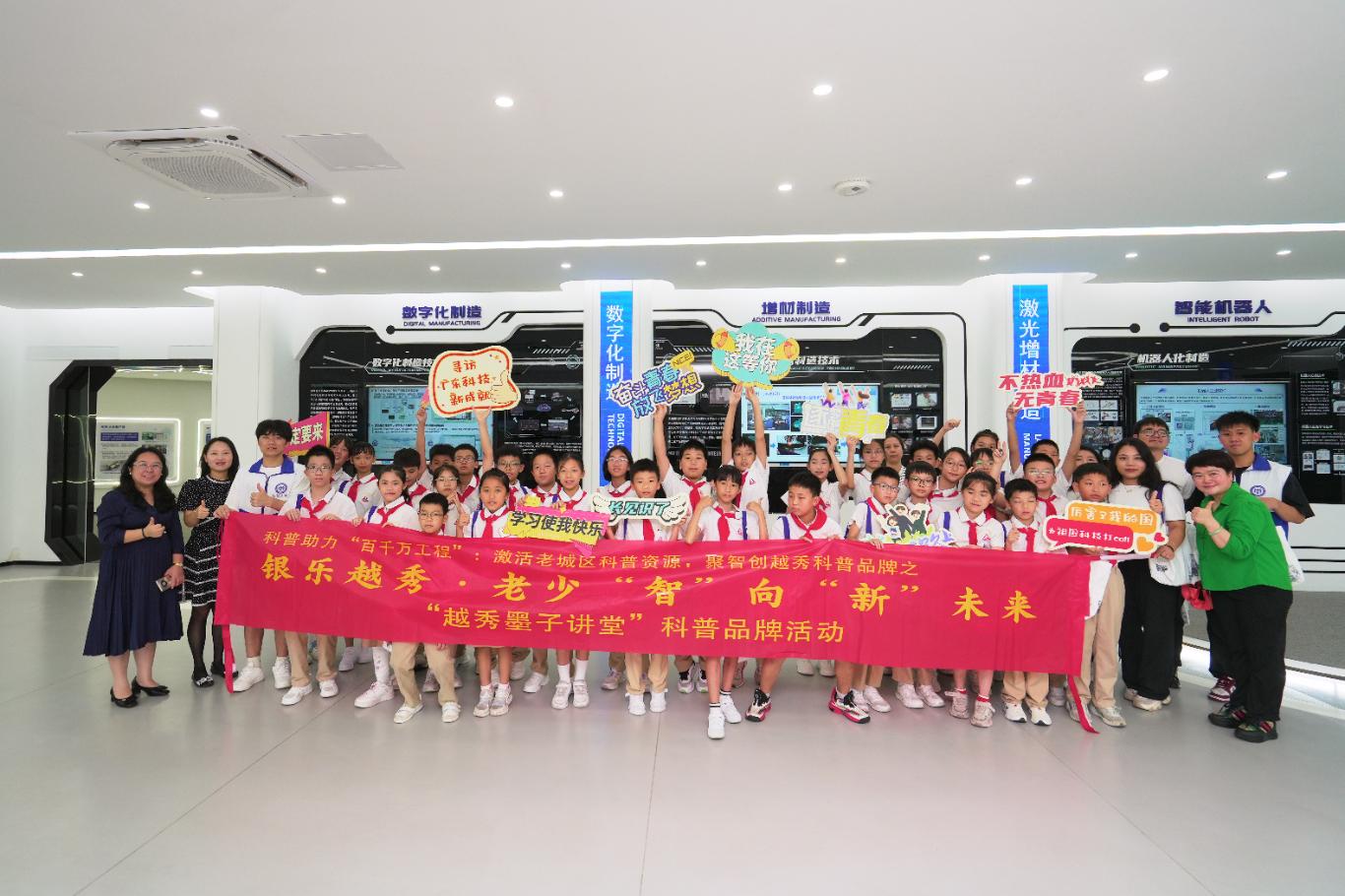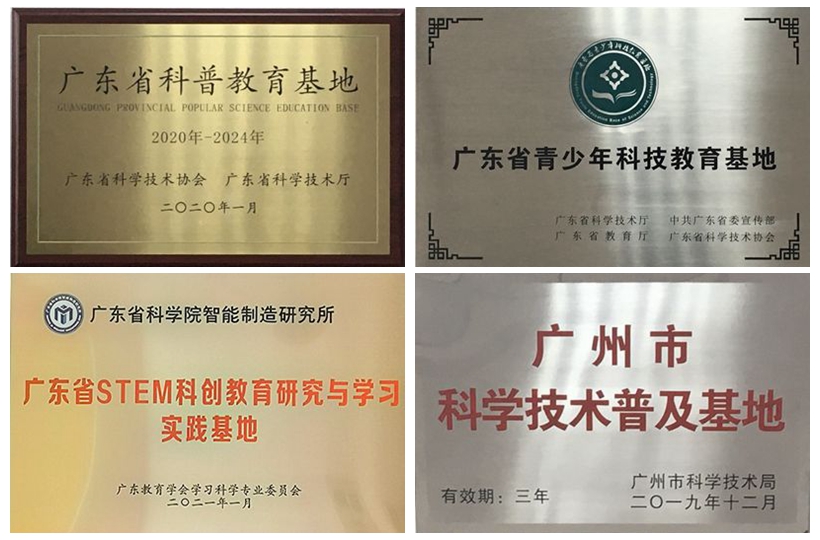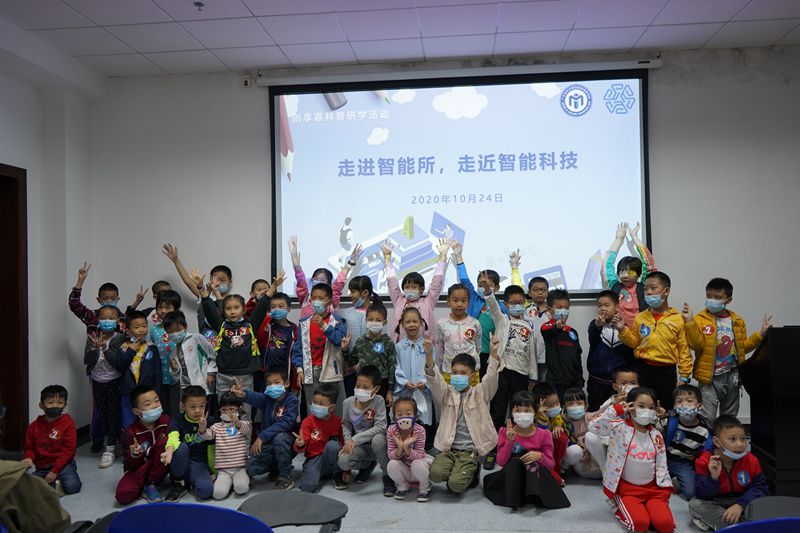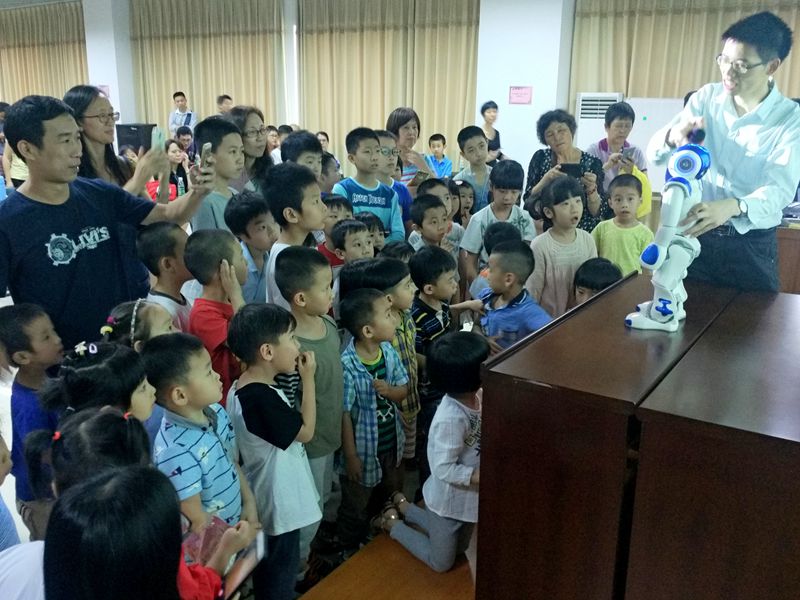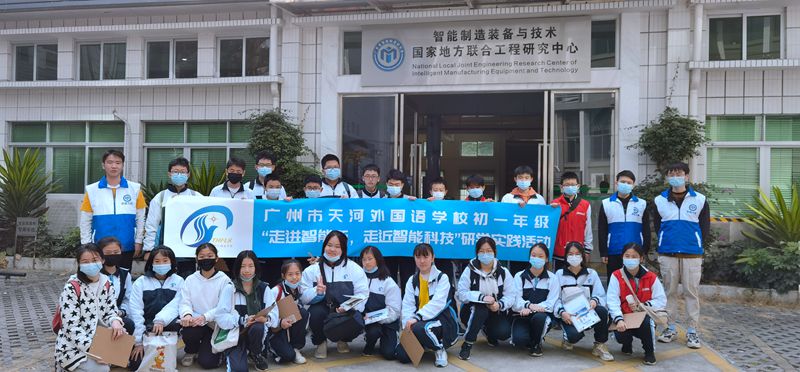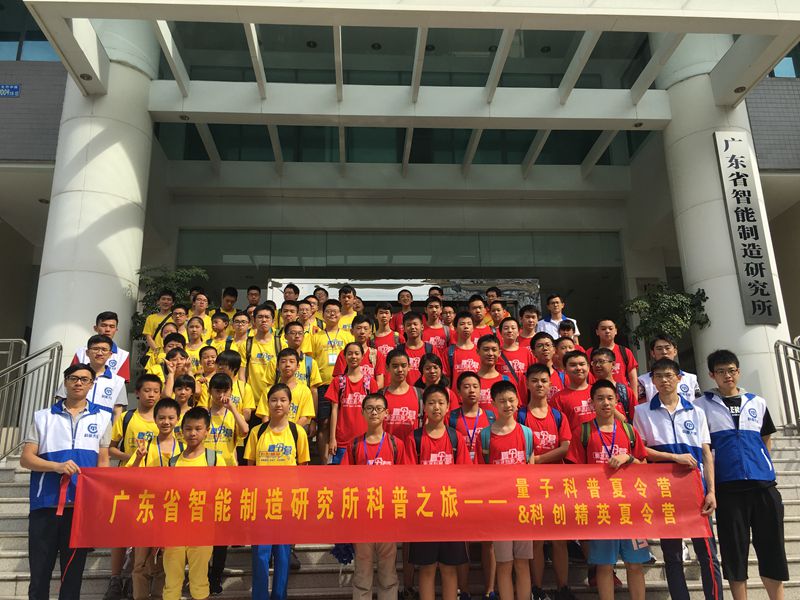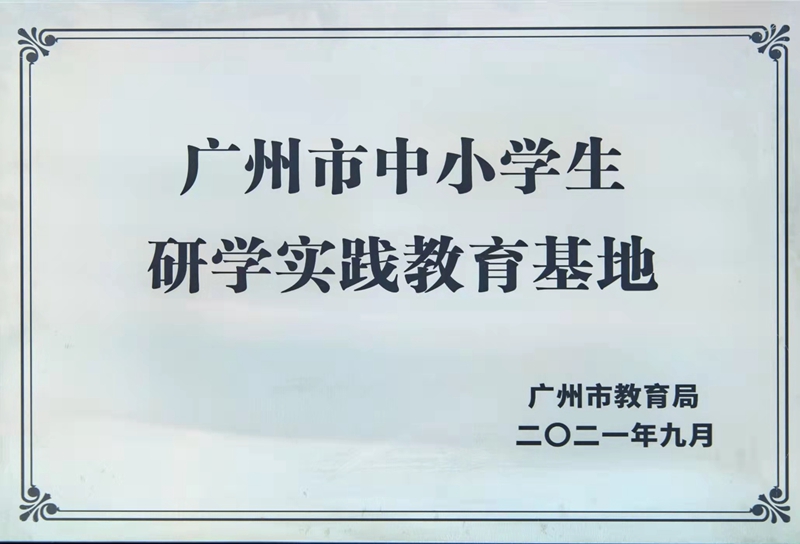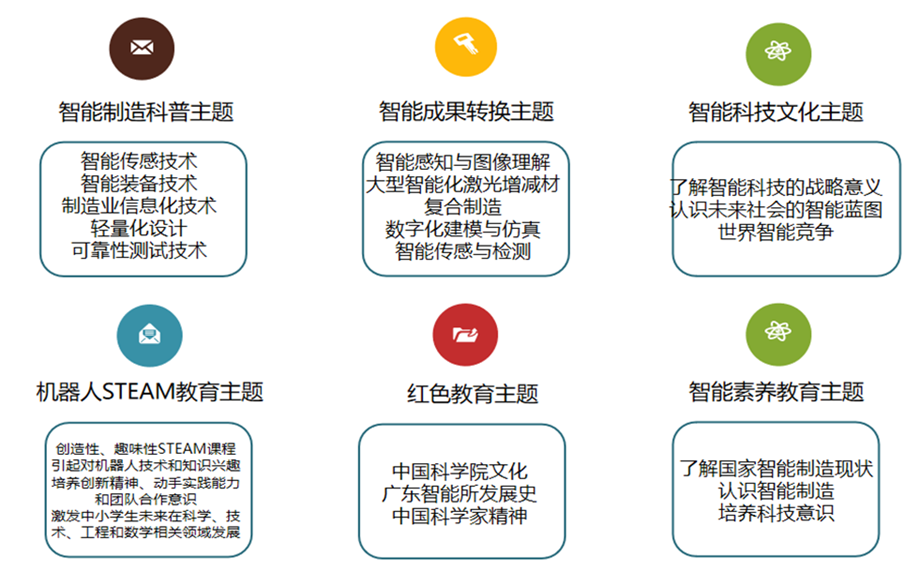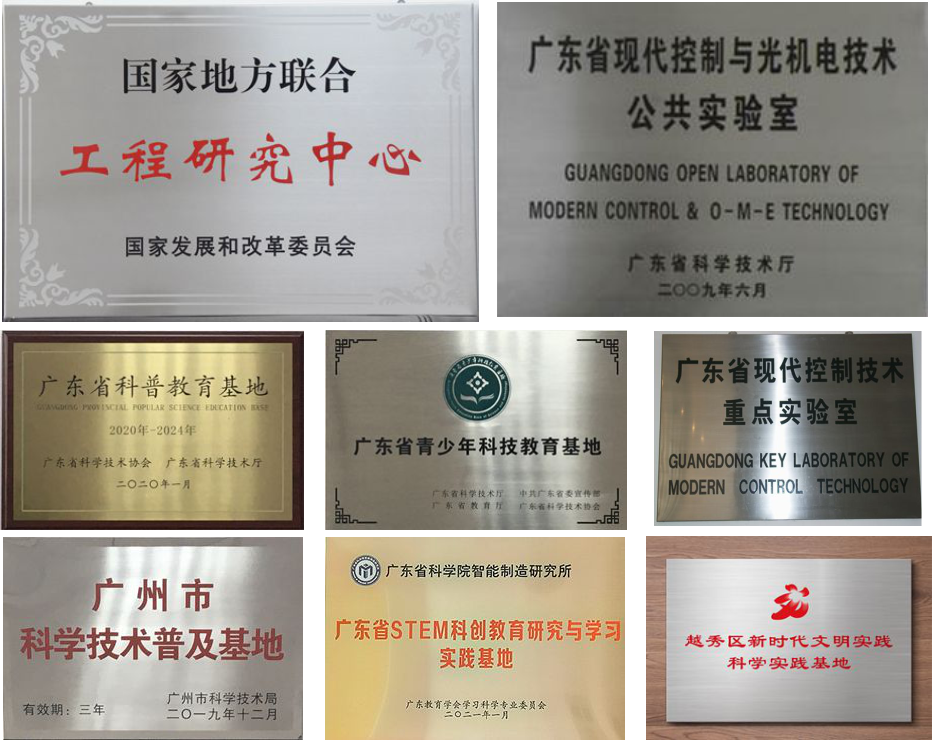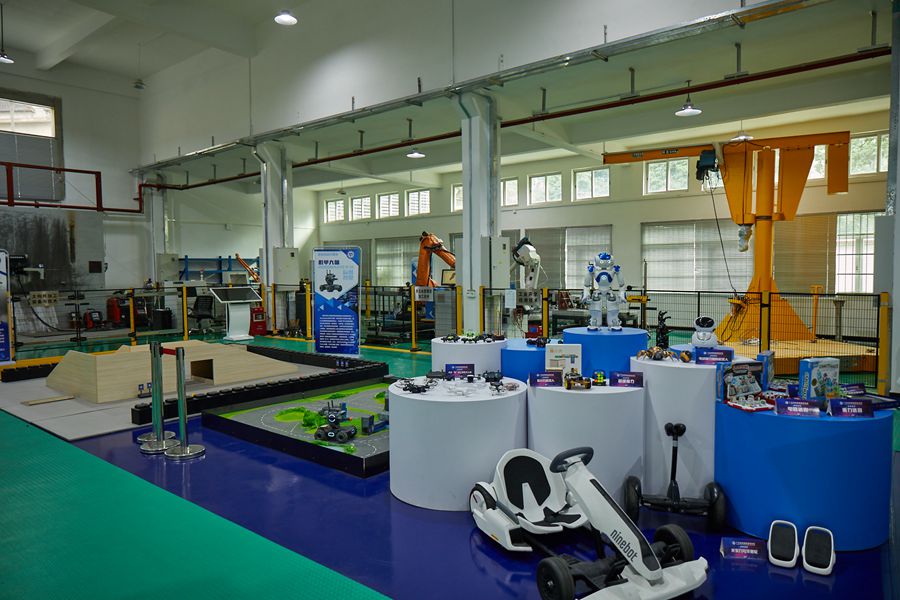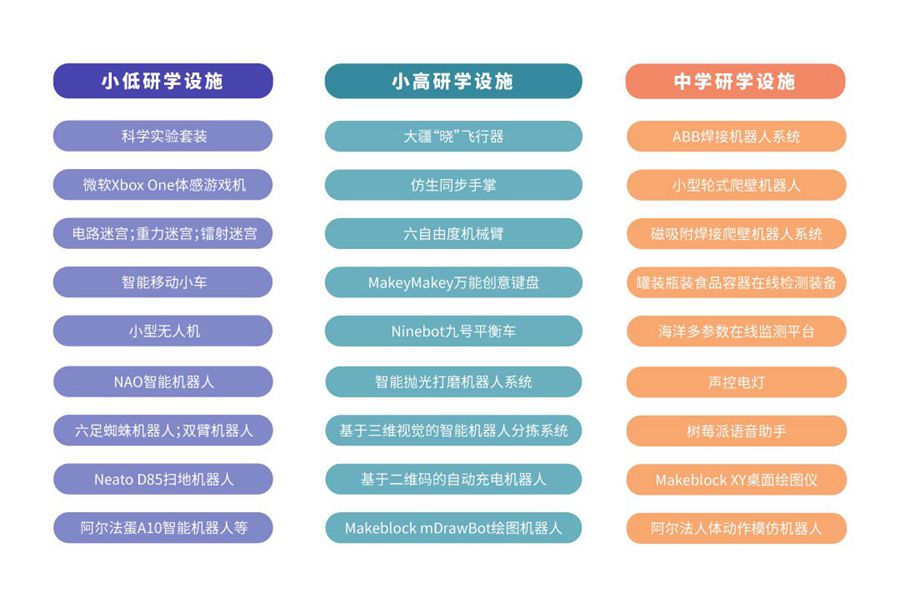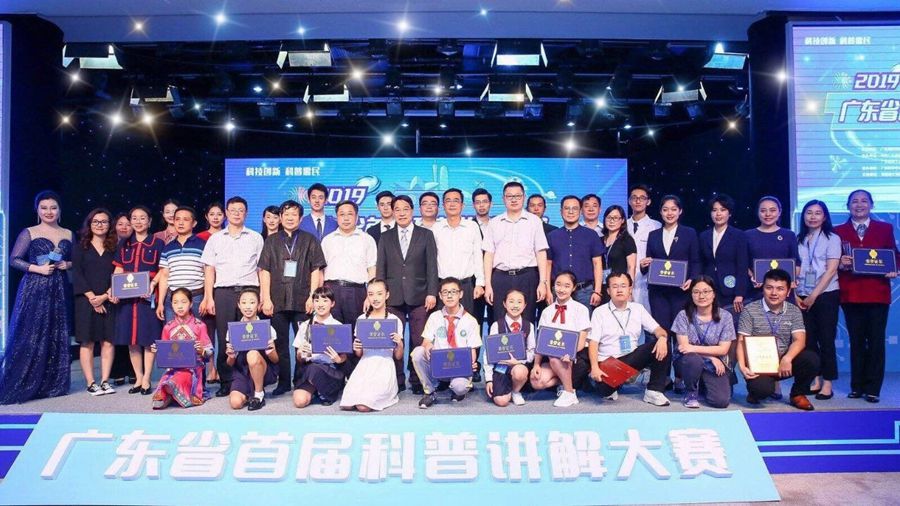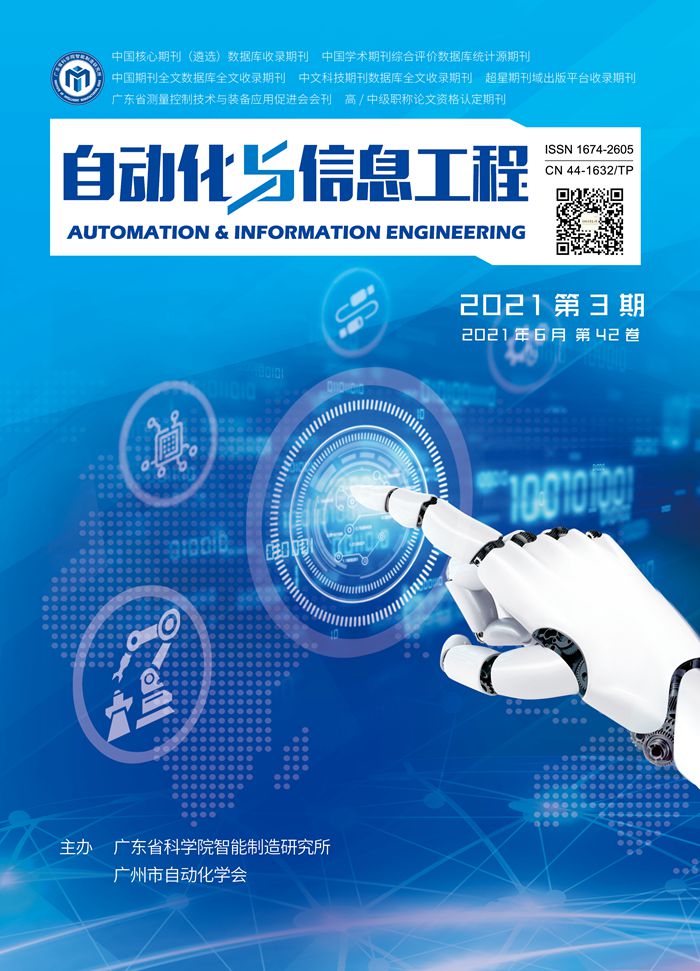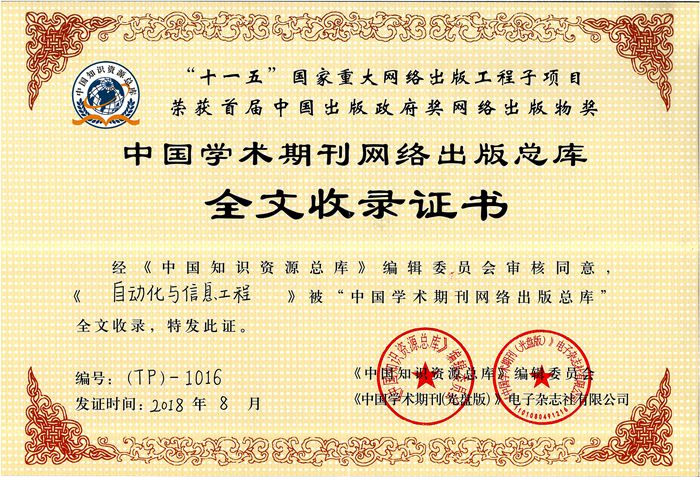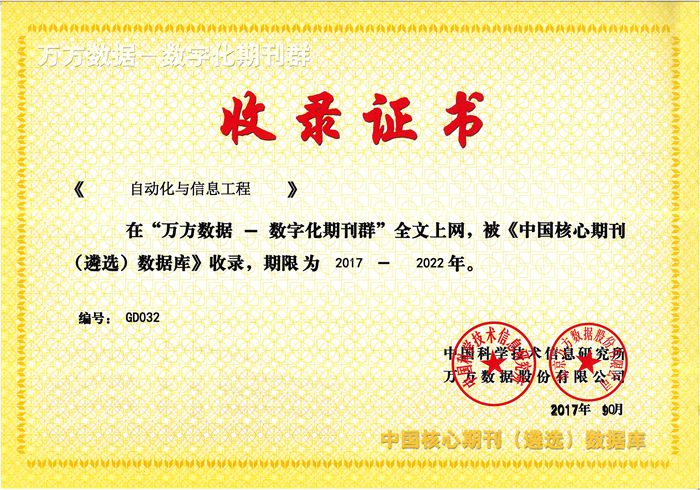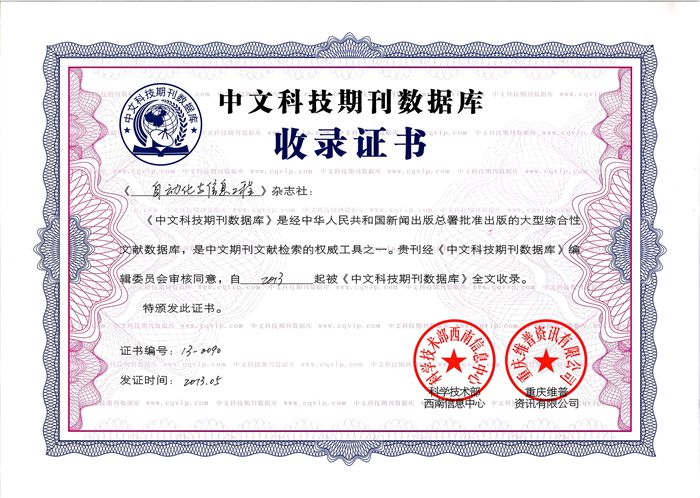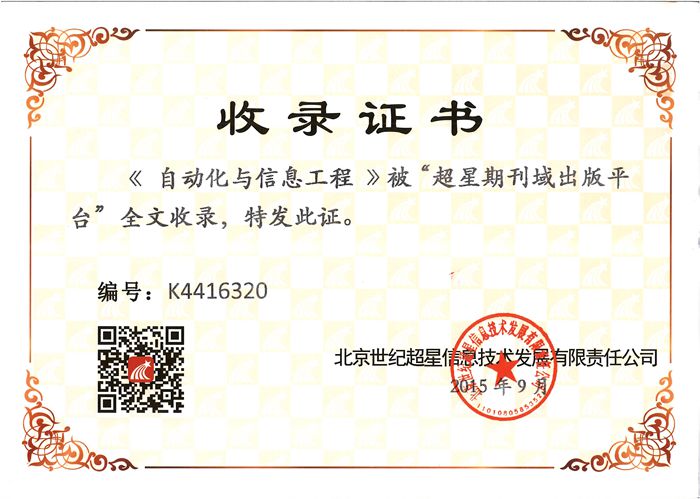2023年02期 v.44 16-21页
熊治国 周恒旭 冯煜升
(北京理工大学珠海学院航空学院,广东 珠海 519000)
摘要:为解决目前三维点云识别算法存在训练模型计算量较大、算法网络结构复杂的问题,进行基于卷积神经网络(CNN)的机器人环境点云分类研究。首先,在机器人仿真环境中搭建家庭相关物品模拟服务场景,并使用模拟三维激光雷达生成环境点云;然后,将环境点云聚类分割出单个物体的点云簇;接着,利用二维投影法将三维点云数据转化为二维图像信息;最后,利用数据增强技术扩展数据集,并结合改进的LeNet-5卷积神经网络训练识别模型,得到相较于经典的LeNet-5模型更高的精度。实验结果表明,将环境点云先分割成单个物体,再进行分类识别是可行的,并具有一定的应用价值。
关键词:机器人环境理解;激光点云;数据增强;卷积神经网络;物体分类
中图分类号:TP242 文献标志码:A 文章编号:1674-2605(2023)02-0004-06
DOI:10.3969/j.issn.1674-2605.2023.02.004
Research on Point Cloud Classification of Robot Environment Based on CNN
XIONG Zhiguo ZHOU Hengxu FENG Yusheng
(School of Aviation, Beijing Institute of Technology, Zhuhai 519000, China)
Abstract: To solve the problems of large training model computation and complex algorithm network structure in current 3D point cloud recognition algorithms, a research on point cloud classification in robot environments based on convolutional neural networks (CNN) is conducted. Firstly, build a simulation service scenario for household related items in a robot simulation environment, and use a simulated 3D LiDAR to generate environmental point clouds; Then, the environmental point cloud is clustered and segmented into point cloud clusters of individual objects; Next, the 2D projection method is used to convert the 3D point cloud data into 2D image information; Finally, by utilizing data augmentation technology to expand the dataset and combining it with the improved LeNet-5 convolutional neural network to train the recognition model, higher accuracy was obtained compared to the classic LeNet-5 model. The experimental results indicate that it is feasible to segment the environmental point cloud into a single object before recognition, and it has certain application value.
Keywords: robot environment understanding; laser point cloud; data enhancement; convolutional neural network; object classification


